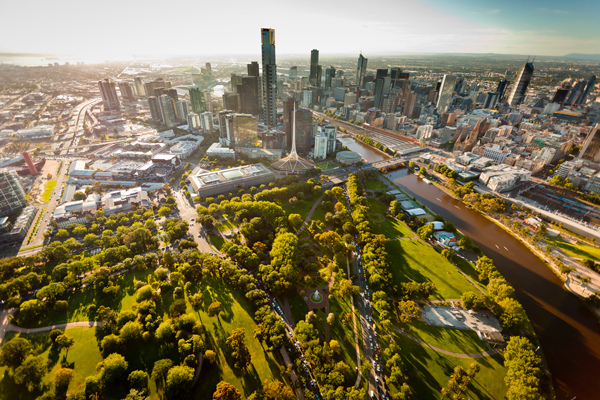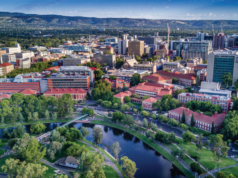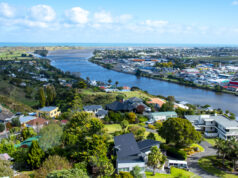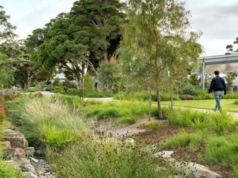By David Jenkins
Urban trees, parks and gardens have long been known as the “lungs’ of a city, and it is a metaphor which continues to resonate even more in the era of climate change.
Municipal authorities and planners are placing greater importance on green space as they create new precincts and renovate old ones, and there are many examples of innovative programs in Australia and around the world.
In Europe, Italian architect Stefano Boeri has received the European Lung Foundation Award for improving air quality in recognition for a number of projects, beginning with a vertical forest in Milan a decade ago.
His latest project is in the Dutch city of Utrecht, with plans to turn an urban tower block into a vertical living forest through planting 300 trees – of 30 different species – and 10,000 plants.
When complete it is estimated that the tower will hold the same amount of vegetation as one hectare of forest, producing more than 40 tonnes of oxygen each year while also sucking in CO2 and capturing fine dust particles.
It will dampen noise pollution and will help reduce the heat effect in summer.
In Sydney, the City of Sydney is using $1.3 million in grants to plant around 500 new trees.
Sydney’s climate is expected to become more like that of much hotter northern NSW by 2050, and when the trees mature they will be able to mitigate some of the harsher aspects of warming.
Sydney also has a “green roof” policy, developed around ten years ago, which has doubled the number of green roofs from around 40 to 80.
In Melbourne, then deputy Lord Mayor Nicholas Reece set the ball rolling in 2019 with an impassioned article in the Age newspaper calling for green roofs in the city.
This came after the City of Melbourne mapped roofs across the CBD and that only 40 had a garden on top.
This has grown to as many as 60, but councillor Reece believes that is only the start.
He recently called for a “great leap forward” driven by people demanding green space be part of new multi storey apartment buildings.
Regulation was also key, and he called on Australian cities to follow the example of cities such as Singapore, Toronto, Munich and most recently New York and introduce planning requirements to mandate green roofs and space in new developments.
Green roofs, however, are not always simple to create. There are issues with loads and waterproofing and also getting materials to rooftops when cranes can’t be used.
This means that it is often easier to create green roof projects in new developments, where they can be planned from the ground up, rather than retro fitting existing buildings.
One regulatory and planning response could be to introduce incentives, such as allowing higher building heights if green roofs are included.
The City of Melbourne is developing a planning regime which encourages green roofs which will include a tool to score the amount of greenery in a building, with approval dependent on meeting certain scores.
There is no doubt that green roofs are popular with residents and other building users and their environmental benefit is clear.
Regulations and planning rules should align to help drive developments in this direction because greening our cities will improve the quality of life and give us a valuable environmental payoff.














